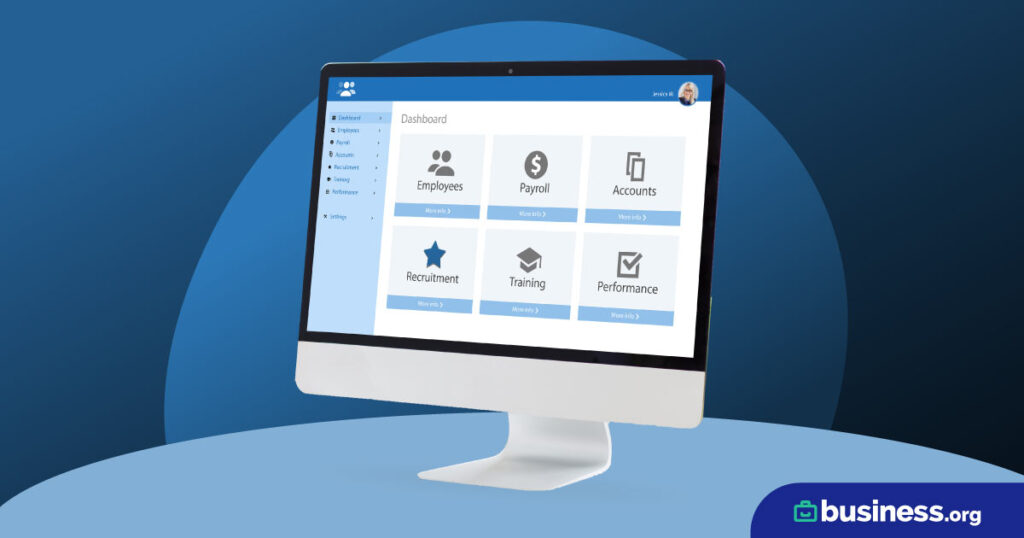We are committed to sharing unbiased reviews. Some of the links on our site are from our partners who compensate us. Read our editorial guidelines and advertising disclosure.
What Is an Asset?
In everyday lingo, an asset is a valuable thing, person, or trait. For instance, a particularly skilled employee might be an asset to their team. In the business accounting world, the definition of an asset is a little more specific, but not by much: an asset is anything a business owns that should prove financially valuable down the road. Put another way, assets are anything you could liquidate, or turn into cash.
Types of assets
Assets are classified by three different characteristics: convertibility, usage, and physicality.
Convertibility: Current vs. noncurrent (fixed) assets
Current assets are assets you could quickly convert to cash, though the word quickly is subjective here—most accountants and financial entities understand current assets as anything you could liquidate in under a year, like the following:
- Ready cash
- Existing inventory and materials
- Accounts receivable, or money you're owed by customers, clients, or financial entities
Meanwhile, noncurrent (or fixed) assets can't be quickly converted to cash, which in business-speak means they'll take a year or more to liquidate:
- Office buildings and warehouses
- Heavy machinery and equipment
- Cars, trucks, and other vehicles
- Trademarks, patents, and intellectual property
Usage: Operating vs. nonoperating assets
An operating asset is an asset essential to your day-to-day business operations, such as these:
- Ready cash
- Office buildings, rented properties, or land
- Machinery, equipment, and vehicles
- Trademarks and patents
A nonoperating asset is an asset you don't use every day but that still contributes to your overall profit, like the following:
- Undeveloped land or unoccupied office space
- Interest accruing on an investment
Physicality: Tangible vs. intangible assets
A tangible asset is one you can feel and see, like cash, machinery, buildings, and equipment. In contrast, an intangible asset has value without existing physically, like goodwill, intellectual property, or trade secrets.
By signing up I agree to the Terms of Use and Privacy Policy.
Assets and balance sheets
Don't worry, you don't need to know your assets' total value off the top of your head—that's what a balance sheet is for.
A balance sheet lists your business's assets at a specific moment in time and balances them against your company's liabilities. If your assets and liabilities equal each other, your business is healthy. If your liabilities outweigh your assets, you need to make some swift changes to get your business back on track.
The balance sheet equation
All balance sheets rely on the following formula:
Assets = liabilities + equity
Liabilities include all of your company's debts, such as rent or mortgage payments, federal income taxes, and loans. Equity is the amount of money either you or your shareholders have invested in your business.
The balance sheet formula
When you draw up a balance sheet, you or your accountant will list all your assets on the left side of the sheet. Typically, assets are listed in order of convertibility, which means the assets you can convert to cash the quickest come first. (Pro tip: that means ready cash will almost always come first on your list of assets.)
After listing your assets, list your liabilities and equity on the right side of the sheet. If the sheet's two halves balance, perfect: your business is doing great. If not, you need to reassess how your money is flowing—most importantly, you'll want to talk to an accountant or financial advisor about how to save money and cut down on debt.
Want to learn more about balance sheets? Check out our page on what balance sheets are and how to create them with a spreadsheet. If you'd rather not draw up a balance sheet by hand, we recommend using accounting software that can do it for you.
Asset FAQ
What are the main types of assets?
The main types of assets are categorized by three features: convertibility, physicality, and usability. Based on these categories, assets can be current or noncurrent, tangible or intangible, and operating or nonoperating:
- Convertibility: A current asset can be quickly converted into cash (or liquidated), while a noncurrent or fixed asset will take a year or more to convert to cash.
- Physicality: A tangible asset is one that takes up physical space, like cash or machinery, while an intangible asset refers to a nonphysical valuable, like a trademark.
- Usability: An operating asset is an asset you use to make money in your daily business operations, like manufacturing equipment, while a nonoperating asset is financially valuable without being used every day, like interest being earned on a short-term investment.
For example, in most businesses, ready cash is a current, tangible, operating asset. Meanwhile, a patent on goods a company manufactures every day might be a fixed, intangible, operating asset.
What is the difference between an asset and a liability?
An asset is anything your business owns and that you reasonably expect to generate future financial value. A liability is the opposite: it represents a debt your company owes. On a balance sheet, your business's assets should be perfectly equal to your business's liabilities plus any equity invested by you or your shareholders.
What are some examples of assets?
The types of assets you have depends on the type of business you run, but some of the most common assets across the board include the following:
- Cash
- Property (like land or office space)
- Equipment
- Intellectual property
- Stock
Unlike service-based businesses, inventory-based businesses will likely include inventory as one of their main assets.
Compare the year's best accounting software
Data as of 3/9/23. Offers and availability may vary by location and are subject to change.
*Only available for businesses with an annual revenue beneath $50K USD
**Current offer: 90% off for 3 mos. or 30-day free trial
†Current offer: 50% off for three months or 30-day free trial
‡Current offer: 75% off for 3 mos. Available for new customers only
The takeaway
All businesses need assets to start, survive, and thrive. But beyond just having assets, you also need to carefully track those assets using balance sheets. When you know how many assets you have—plus what types of assets—it's easier to make wise financial decisions, reinvest in your company, and even attract outside investors to grow your company further.
Want to stay attuned to your business's financial health? See our article on how to correctly read financial statements, including balance sheets, so you can make sense of your business's most recent figures.
Disclaimer
At Business.org, our research is meant to offer general product and service recommendations. We don't guarantee that our suggestions will work best for each individual or business, so consider your unique needs when choosing products and services.





